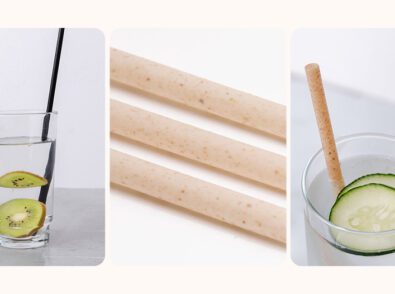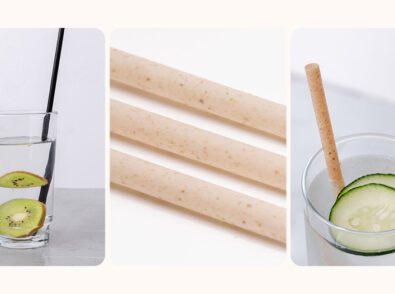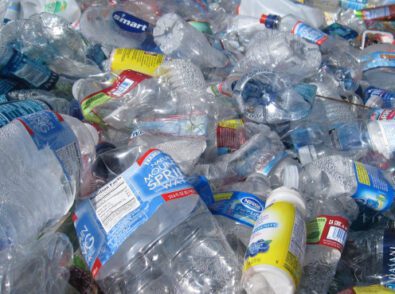Understanding Plastic Disposal

Plastic is quite possibly the scourge of the modern age, a dark legacy we’ll be hard-pressed to put behind us for generations to come. It is difficult and costly to recycle due to the many types of plastic in circulation and the need for multiple systems to collect, transport, sort, degrease, and sanitize each one.
According to research published by Science Daily, anywhere between 24 and 34 metric tons of plastic waste enter our waterways every year. Most of this waste comes from land sources, such as landfills and other forms of irresponsible disposal.
Though plastics have become ingrained in our daily lives, proper disposal still eludes us. Plastic waste has long been recognized as a global problem. Governments worldwide are banning single-use plastics for these very reasons, forcing people to think differently about plastic and plastic disposal.
Today, we’ll look at the different types of plastic, why they’re hard to recycle, and what you can do to help reduce plastic waste and properly dispose of the plastics you use.
The Problem with Plastic Recycling
Plastic is ubiquitous. It wraps the food we buy in the supermarket; it’s used to manufacture myriad parts, household products, toys, and even clothing. When a plastic item is no longer useful, most people throw it away, meaning it ends up in a landfill, where it can potentially poison the ground it’s buried in.
But even when people and businesses attempt to be responsible and follow proper waste protocols, unseen barriers abound. There are many different types of plastic, each with its own collection system and disposal method. As a result, it’s challenging to know whether recycling efforts are ethical, helpful, or a flat-out waste of time.
Containers and packaging represent the highest tonnage of all plastics. According to the World Economic Forum, 36% of all plastic produced is used for packaging, of which 85% end up in landfills. And while we are doing marginally better at recycling than we did in the 1970s and 80s, landfill capacities continue to rise at an alarming rate.
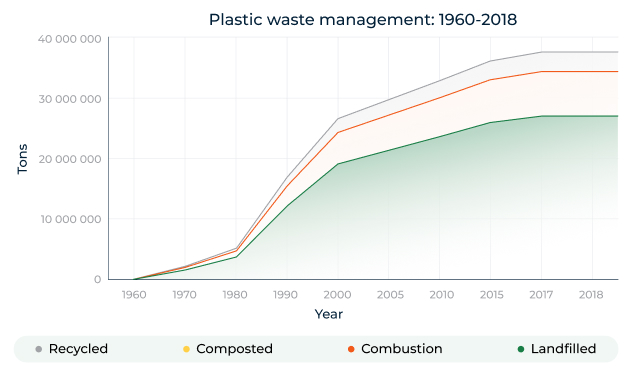
Image Source: EPA
Adding to the complexity, several countries have banned plastic recycling imports. Plastic that would have been destined for China or Turkey is now often sent to poorer countries, where it ends up in landfills. The Basel Convention, introduced in 1992, seeks, among other things, to mitigate this phenomenon by controlling the movement of hazardous and toxic waste, but the US is not a signatory to the convention.
The Institute of Scrap Recycling Industries (ISRI), which advocates for the recycling industry, avers that most outgoing shipments of waste plastics conform to Basel standards. However, they also agree that non-compliant materials often slip through, especially following the unprecedented demand for single-use plastics in the wake of the pandemic.
According to a study published by the Proceedings of the National Academy of Sciences (PNAS), more than eight million tons of pandemic-related plastic waste were generated in 2020 and 2021. Of that amount, 25,000 tons entered the world’s oceans. Inventory here includes plastic utensils, food packaging, plastic packaging from online shopping, PPE, and medical waste—the latter of which makes up the bulk of it. Though America may be behind targets regarding what they should be doing about plastic waste, many developing countries simply do not have the resources to deal with it. As a result, much of it accumulates on beaches and coastal waterways.
So let’s move on and learn about the different types of plastic, their use, and their recyclability.
Types of Plastic and Recyclability
Polyethylene terephthalate (PET)
PET is a #1 plastic, used in water bottles and beverage containers because it doesn’t leak toxins like other plastics. PET is 100% recyclable and accepted by all recycling programs. PET is unique in that it can be recycled multiple times—unlike different types of plastic, which degrade after the first cycle.
There are some caveats, though. PET can be infinitely recycled back into beverage containers, but the recycled product is also made into fiber for carpets, pillows, and upholstery, which can’t be recycled. Plus, many of these bottles are discarded as litter or into landfill-bound trash, meaning they are not recycled. According to the EPA, the recycling rate for PET was only 29.1% in 2018.
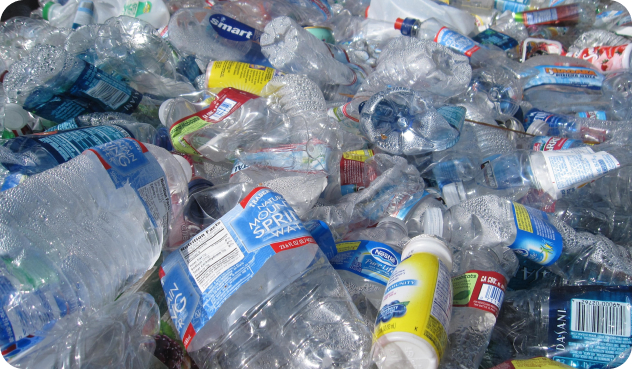
Low-density polyethylene (LDPE)
LDPE plastics are a #4 plastic used to make trash bags, shopping bags, films and sheeting, food containers, food wrap, etc. When recycled, it is turned into composite lumber, piping, trash bags, food wrap, and items used in construction, agriculture, and more.
The EPA reports that 4.2 million tons of LDPE plastic bags (and the like) were made in 2018, while only .42 million tons were recycled.
Ultimately, LDPE is recyclable, but there are barriers to doing so. The film jams recycling machinery, and many recyclers feel it’s not worth their while to accept it. As a result, many curbside programs do not take LDPE. Look for store drop-off programs in your area as an alternative.
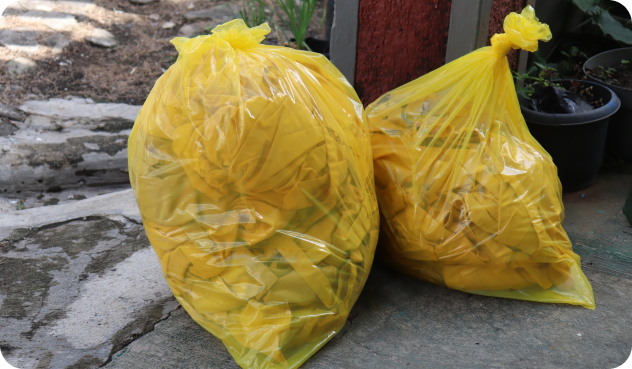
High-density polyethylene (HDPE)
HDPE is a #2 plastic and is stronger are more durable than LDPE. It is used for milk, soap, detergents, and motor oil because it can withstand higher stress and temperature than other plastics.
HDPE containers are accepted by recycling programs and can be disposed of through curbside programs. However, the EPA reports that only 29.3% of “natural” HDPE containers were recycled in 2018 (the natural category refers to lighter, translucent bottles); but of all HDPE containers combined, just 18.1% are recycled.

Polyvinyl chloride (PVC)
PVC is a #3 plastic and is considered non-recyclable by most standards. It’s commonly used for pipes, fittings, and high-tech applications, such as medical devices, wire, and cable, as well as for containers, roofing materials, window frames, automotive interior parts, footwear, and clothing.
PVC is chemically recyclable and can be converted into new plastics. However, heat releases hydrogen chloride from PVC, so even in its functional state, it poses a danger to humans and the environment. The EPA reports negative volumes of PVC recycled vs. amounts produced in 2018. From this, we can only assume that PVC waste is entering landfills and contributing to environmental concerns.
Because of its hazardous nature, PVC is not accepted in curbside programs—but it should not be taken to the landfill. If you have PVC to dispose of, contact your local recycling facility and arrange to drop it off. You might also consider donating PVC pipe or building materials to Habitat for Humanity so they can be reused.
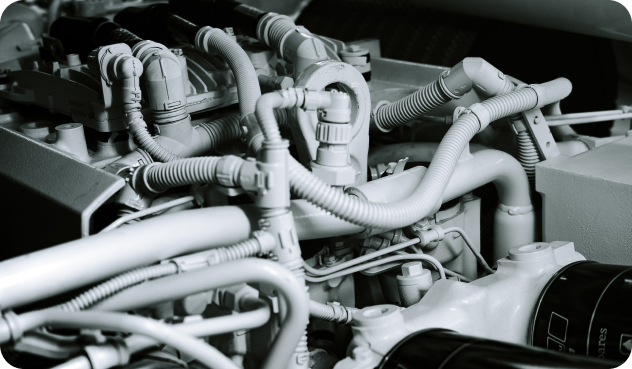
Polypropylene (PP)
PP is a #5 plastic often used in food and chemical containers due to its resistance to heat and corrosion. It’s also used to make plastic furniture, gears, machine parts, kitchenware, disposable diapers, cereal box liners, disposable plates, cups, and cutlery.
Of all PP plastics manufactured, only 0.6% are recycled, making it one of the least recycled post-consumer plastics. That said, it can be recycled into fibers for industrial materials, mailing envelopes, and many of the same types of products for which they were initially intended.
Curbside programs do not accept PP. Like LDPE, PP tends to jam recycling machinery unless it’s shredded first. However, when it is not disposed of properly, it can be extremely harmful to the environment, so it’s critical to seek out safe avenues. Contact your local recycling provider to find out what you can do.
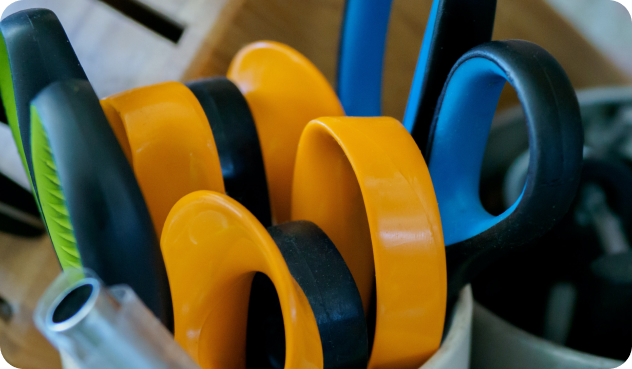
Polystyrene (PS)
Polystyrene is a #6 plastic commonly used to make takeout food containers, coffee cups, egg cartons, foam insulation, packing material, housings, and electronics casings.
Though PS is technically 100% recyclable, because it has such low density (it is 90% air), it requires special handling and is not often accepted in curbside programs. It needs to be compacted and densified to convert it into something useful, and most recycling facilities don’t have the equipment to do this.
Plus, when incinerated, PS emits many harmful compounds, including polycyclic aromatic hydrocarbons, carbon monoxide, and other carcinogenic molecules—besides many other serious dangers to the central nervous system.
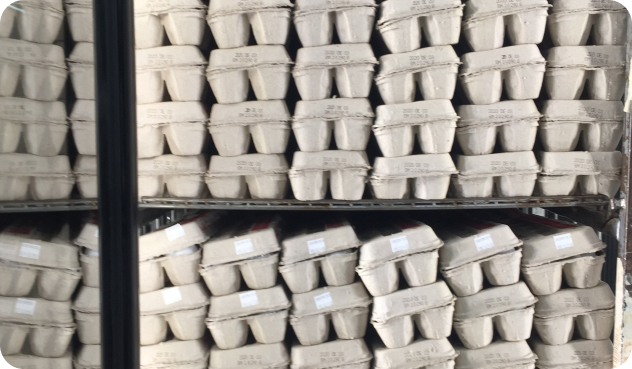
Incineration vs. Landfills
Plastic waste is a global issue due to the range of products it powers and its resistance to degradation. While it is often easier to throw plastic away, this inherent laziness feeds into the environmental disaster we face today.
When recycling is not an option, we have two choices: landfill or incineration.
Incineration is the process of burning waste, reducing the original product to ash. Due to toxic chemicals released during plastic incineration, this method is neither a solution nor an alternative to landfills. Emissions from burning plastics contain poisonous chemicals like lead, mercury, carbon monoxide, arsenic, PCBs, and more. The ash then makes its way into landfills, which can destroy local soil and waterways.
A landfill is an excavated area dedicated to trash disposal. Waste is brought to these areas and buried, isolating waste in designated sites. The benefits of this approach, hypothetically at least, include monitoring by organizations in charge of landfills to minimize pollution levels and contain harmful gasses.
The reality is much more sinister—especially when you consider what we send to our landfills. Should this trend continue, the surrounding environment could become saturated with harmful substances that can deoxygenate water and cause soil to become infertile, not to mention the increase in vermin, disease, and respiratory disorders often associated with landfill proximity.
Recycling is a viable solution, but we all must take ownership of the process by:
- Choose more sustainable products, such as compostable materials for packaging
- Avoid single-use plastics and businesses/suppliers that still use them
- Replace single-use plastics with reusable alternatives
- Reduce reliance on heavily-packaged products where possible
- Understand what can and cannot be recycled
- Learn about proper disposal methods for unrecyclable plastics
- Proactively leverage local recycling and safe disposal programs
Finally, holding companies accountable for their environmental impact will go a long way toward ensuring our planet stays healthy for future generations. By understanding proper plastic disposal methods, we do our part to make the world a better place.
References
- https://www.sciencedaily.com/releases/2020/09/200917181303.htm
- https://www.weforum.org/agenda/2022/06/recycling-global-statistics-facts-plastic-paper/
- https://www.epa.gov/facts-and-figures-about-materials-waste-and-recycling/plastics-material-specific-data
- http://www.basel.int/TheConvention/Overview/tabid/1271/Default.aspx
- https://www.isri.org/about-isri
- https://www.nytimes.com/2021/03/12/climate/plastics-waste-export-ban.html
- https://www.pnas.org/doi/10.1073/pnas.2111530118
- https://bottledwater.org/rpet-facts/
- https://www.epa.gov/sites/default/files/2021-01/documents/2018_tables_and_figures_dec_2020_fnl_508.pdf
- https://how2recycle.info/sdo
- https://www.habitat.org/
- https://www.scientificamerican.com/article/why-its-so-hard-to-recycle-plastic/
- https://recyclingpartnership.org/communitiesforrecycling/is-styrofoam-recyclable/
- https://www.cdc.gov/biomonitoring/Styrene_FactSheet.html
- https://oceana.ca/en/blog/burning-plastic-is-not-a-recycling-solution-its-more-pollution/
- https://sciencing.com/effects-landfills-environment-8662463.html

